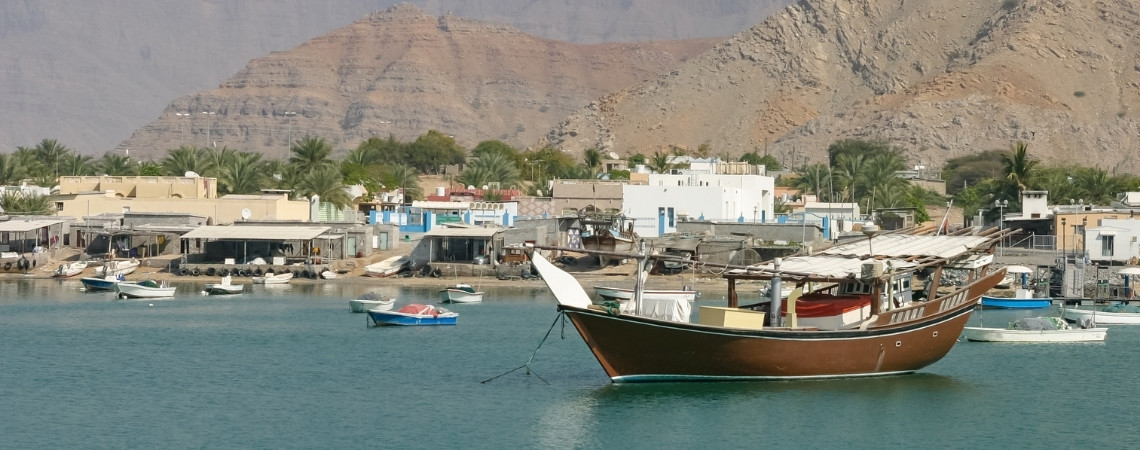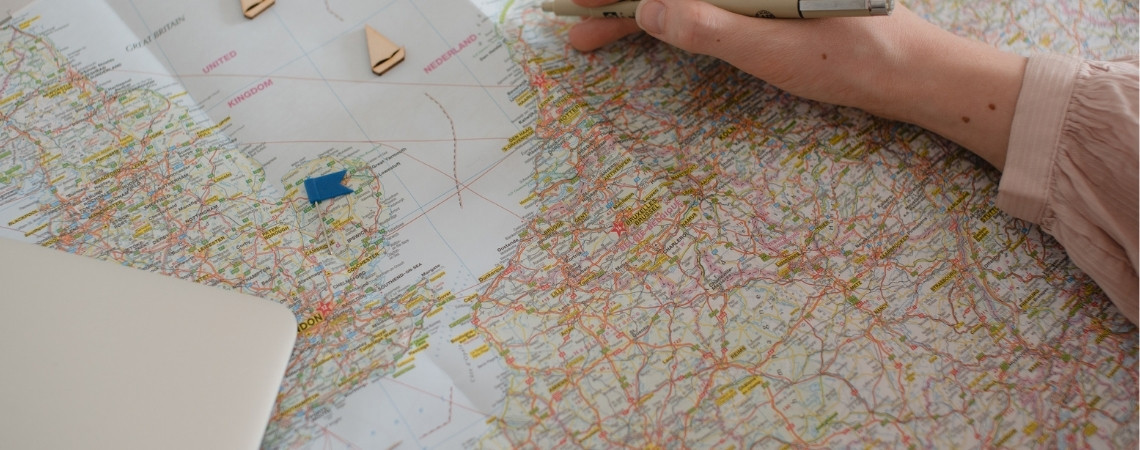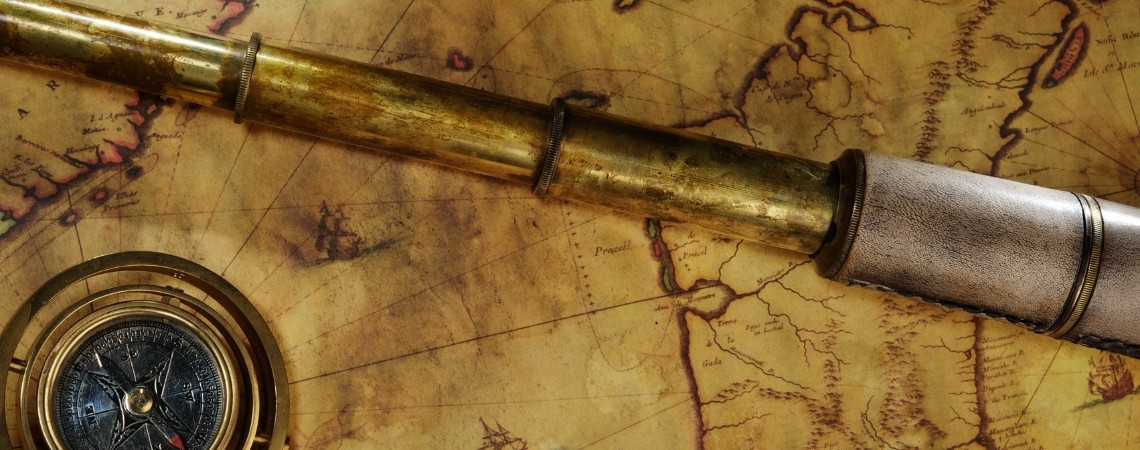Sharjah’s Maritime Museum offers an immersive journey into the UAE’s rich seafaring past. Explore traditional dhow boats, pearl diving tools, and shipwreck artifacts that showcase the region’s deep connection to the sea. This museum is a haven for history lovers and culture enthusiasts. It provides a unique opportunity to witness the evolution of maritime trade and fishing techniques. Visitors can engage with interactive exhibits, learn about ancient navigation tools, and see real-life artifacts that tell compelling stories of the past. Whether you're a history buff or a curious traveler, this museum provides an engaging and educational experience that is both informative and enjoyable. If you’re looking for things to do in the Maritime Museum in Sharjah, this guide will highlight the most exciting exhibits and activities to explore.
Explore the Oldest Dhow in the UAE

One of the most fascinating things to do in the Maritime Museum in Sharjah is to see an authentic wooden dhow that highlights the artistry of Emirati shipbuilders. These boats played a crucial role in trade, fishing, and pearl diving, serving as the backbone of the region’s economy. The dhow's structure showcases the use of traditional materials like teak wood, which ensured its longevity in the water. This exhibit provides insight into how maritime trade shaped the UAE’s economy before the oil boom. The dhow's intricate carvings tell a deeper story about cultural symbolism and craftsmanship in shipbuilding.
- Crafted from high-quality teak wood, ensuring durability in rough waters and maintaining structural integrity.
- Used extensively for regional and international trade, allowing merchants to travel between the UAE, India, and Africa.
- Features intricate carvings and unique designs, reflecting the expertise and artistic craftsmanship of Emirati builders.
Cost: Included in the general admission fee.
Pro Tip: Visit during weekday mornings to get unobstructed views and better photography opportunities. The morning light enhances the dhow’s wooden textures, making for stunning images.
Discover Traditional Pearl Diving Gear
Another must-do when exploring things to do in the Maritime Museum in Sharjah is learning about the history of pearl diving. The museum houses original diving suits, nose clips, and oyster knives, reflecting the risks divers took to harvest valuable pearls. The exhibit highlights the extreme physical endurance required for pearl diving. Divers would often stay underwater for minutes at a time with limited breathing equipment. The displayed tools provide insight into how pearls were extracted, graded, and traded in local and international markets. The museum also explains the socio-economic impact of pearl diving on Emirati families.
- Discover the handwoven pearl baskets used to store oysters safely, ensuring the pearls remained undamaged.
- Learn about the breath-holding techniques that allowed divers to descend deep into the sea, often at great personal risk.
- View a collection of locally sourced pearls, showcasing different sizes and quality levels, some dating back centuries.
Cost: Included in the general admission fee.
Pro Tip: Ask the museum staff about the pearl grading process to understand how pearls were classified in ancient times. This will give you a deeper appreciation of the trade’s complexity.
Learn About the Evolution of Emirati Fishing Techniques
Among the things to do in the Maritime Museum in Sharjah, exploring traditional fishing methods is a fascinating experience. Fishing has sustained Emirati communities for generations, and the museum’s exhibits display traditional fishing tools and innovative techniques developed over time. Early Emirati fishermen relied on the natural environment, using wind, tides, and bird movements to locate fish. The museum showcases the various types of nets, hooks, and traps used to catch different species. Visitors can also see models of early fishing boats, demonstrating how these evolved into modern vessels. This section highlights how fishing remains an integral part of the UAE’s heritage.
- Observe real-life gargoor (fish traps), still used by local fishermen today to catch larger fish in shallow waters.
- Learn about handline fishing, a technique that minimizes environmental impact while ensuring sustainable fishing practices.
- Discover how Emirati sailors used natural indicators like tides and wind to determine the best fishing locations and seasons.
Cost: Included in the general admission fee.
Pro Tip: Engage with the interactive displays to get a hands-on experience of traditional fishing tools. This is especially enjoyable for families with children.
Discover the Legendary Trading Routes

Sharjah’s maritime history is deeply tied to international trade routes that connected the UAE to Africa, India, and China. The museum presents fascinating maps and trade items, illustrating how merchants transported goods across continents. These routes played a vital role in the economic development of the Gulf region. The exhibit also features miniature models of ancient ports, providing context for how maritime trade shaped urban development. Visitors will learn about the commodities exchanged, including spices, textiles, and ceramics.
- Explore hand-drawn Arabian Gulf navigation charts used by early traders to plan their journeys and avoid dangerous waters.
- Discover imported goods like spices, silk, and ceramics, which were key commodities in maritime trade and significantly impacted local markets.
- Learn how seasonal monsoon winds played a key role in maritime trade timing, helping ships sail faster and more efficiently.
Cost: Included in the general admission fee.
Pro Tip: Pay close attention to the Arabic inscriptions on the maps—they reveal insights into ancient navigation techniques and historical trade networks.
Engage in an Interactive Shipbuilding Workshop
One of the most unique things to do in the Maritime Museum in Sharjah is to participate in an interactive shipbuilding workshop. This exhibit provides a hands-on opportunity to learn about traditional ship construction techniques. Visitors can see woodwork demonstrations, explore the process of building a dhow from scratch, and even assemble a miniature boat model. This activity is perfect for children and adults alike, offering a memorable learning experience.
- Witness expert craftsmen demonstrate traditional hand tools and ancient shipbuilding methods.
- Participate in a build-your-own miniature dhow activity, a fun way to experience maritime craftsmanship.
- Learn about the wood types used in dhow construction and how they affect durability and water resistance.
Cost: AED 20 per person (Separate from general admission fee).
Pro Tip: Book your session in advance to secure a spot in the workshop, as slots fill up quickly.
Experience the Role of Wind Towers in Seafaring
Among the most fascinating things to do in the Maritime Museum in Sharjah is discovering how wind towers (barjeel) were used on traditional boats to maintain ventilation and cool the cabins. These unique architectural structures were adapted from land-based wind towers and helped sailors survive harsh sea journeys. The exhibit showcases different wind tower designs and explains how they improved air circulation onboard. Visitors will learn how these ingenious ventilation methods influenced the design of Emirati homes and boats.
- Understand how wind towers directed airflow to keep cabins cool, reducing heat buildup during long voyages.
- Learn about the materials used, such as coral stone and gypsum, ensuring longevity and effective cooling.
- See scaled-down models illustrating how wind towers were integrated into ships, balancing airflow with structural integrity.
Cost: Included in the general admission fee.
Pro Tip: Compare these ship wind towers to those seen in old Emirati homes for a deeper understanding of their importance.
Explore Rare Ship Artifacts and Navigation Tools

One of the most educational things to do in the Maritime Museum in Sharjah is examining historical compasses, astrolabes, and nautical maps used in maritime navigation. These tools helped early sailors chart their courses across vast distances without modern technology. The exhibit includes hand-drawn maps, wooden compasses, and intricate astrolabes, which highlight the scientific advancements of Arab sailors. Visitors can also see replica navigation tools and learn about the methods used to determine latitude and longitude at sea.
- View an astrolabe from the 16th century, once used to determine latitude at sea with remarkable accuracy.
- Examine original ship flags, showcasing different designs and colors used to communicate between vessels.
- Discover the complex art of celestial navigation, which helped sailors travel vast distances before GPS technology existed.
Cost: Included in the general admission fee.
Pro Tip: Look for the interactive touchscreen displays explaining how sailors used the stars for navigation.
Learn About Underwater Shipwreck Discoveries
If you’re searching for things to do in the Maritime Museum in Sharjah, exploring historic shipwrecks is a must. The museum displays artifacts from sunken vessels found off the coast of the UAE, some dating back over 500 years. These shipwrecks reveal details about ancient trade, naval battles, and lost treasures. Visitors will also learn about modern marine archaeology techniques used to recover artifacts from the ocean floor.
- See recovered ship artifacts, including pottery and trade goods that reveal details about ancient seafaring.
- Learn about major maritime disasters and what led to their sinking, offering insights into historical sea travel risks.
- Discover how modern marine archaeology is uncovering more lost vessels, expanding knowledge of regional maritime history.
Cost: Included in the general admission fee.
Pro Tip: Check out the 3D underwater maps that provide a virtual dive into these ancient wreck sites.
Visit the Outdoor Maritime Museum Exhibits
One of the most interactive things to do in the Maritime Museum in Sharjah is exploring the outdoor exhibits featuring life-size models of traditional Emirati boats. This open-air section offers visitors the chance to see different types of wooden boats, fishing vessels, and trading ships used throughout history. There are also demonstrations of rope-making techniques and other essential maritime skills. The outdoor setting allows for hands-on exploration, making it perfect for families and history enthusiasts.
- Walk through a full-scale model of a traditional dhow to see its structure up close and learn about its historical significance.
- Take photos aboard a replica of a pearl diving boat, once essential to the UAE’s economic survival.
- Learn how modern watercraft evolved from these traditional designs, incorporating new materials and technologies.
Cost: Included in the general admission fee.
Pro Tip: Sunset hours provide the best lighting for outdoor photography of the boats and surrounding landscape.
Conclusion
The Maritime Museum in Sharjah is a treasure trove of seafaring history. Whether you’re interested in trading routes, fishing techniques, or shipbuilding, there’s something for everyone. A visit to this museum provides a deeper appreciation of the UAE’s maritime past, making it an enriching experience for all ages. The museum’s interactive displays, historical artifacts, and educational exhibits make it a must-visit for those eager to learn about the maritime traditions that shaped the UAE.
SavePlus is your go-to destination for expert recommendations, curated coupons, and exceptional savings. Shop smart, shop better!
FAQ
What are the opening hours of the Maritime Museum in Sharjah?
The museum is open from 8:00 AM – 8:00 PM (Sat-Thu) and 4:00 PM – 8:00 PM (Fri).
Is there an entry fee for the museum?
Yes, the entry fee is AED 10 for adults and AED 5 for children.
Are guided tours available?
Yes, guided tours are available for an additional fee. It’s best to book in advance.
Can I take photographs inside the museum?
Yes, photography is allowed, but flash photography is restricted in certain sections.
Is there a gift shop inside the museum?
Yes, the museum has a gift shop selling maritime-themed souvenirs and books.






